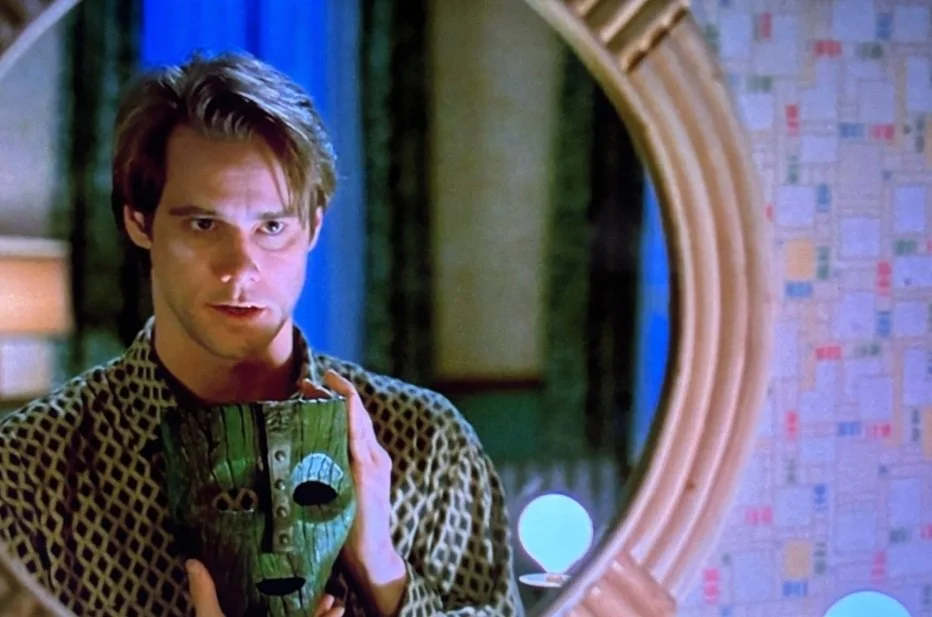See how the Enneagram and genogram reveal trauma, boundaries, and generational patterns in families like the Bridgertons — and maybe yours too!
How Brainspotting can Strengthen Your Relationships
Struggling with emotional triggers or intimacy issues in your relationships because you were hurt in the past? Brainspotting is a powerful trauma therapy that helps you release past wounds stored in the body—so you can clearly see and effectively attend to each new person and moment clearly for what it is, instead of what your old trauma ghosts tell you they are.
How to Use Your Triggers for Growth
How to Set Boundaries over the Holidays
Counterdependence: Why It's Hard to Ask for Help (and How to Heal)
3 Lessons Plants Taught Me
Concentric Circles of Connection
Therapy with Ibi - Anxiety, Insomnia, Relationships
Moving on from Toxic Relationships
Moving on from Trauma
Nervous System Health: Stuck On & Stuck Off
When traumatic events throw healthy nervous systems off track, we can get into “stuck on” and “stuck off” modes, making it hard to balance between relaxed and alert. When we’re stuck in these modes, we fall back to our habitual reactive patterns. This post can help you determine if your nervous system is stuck “on” or “off.”
Connecting with Safe People
Life Timeline: A Bird's-Eye View of Your Life
Top 10 List: Using Memories to Change Your Life
How Does Brainspotting Work?
Brainspotting (BSP) is a way to jumpstart our bodies’ natural ability to process experiences reactive emotional experiences like anxiety, depression, overwhelm, and shame, heal from trauma, and enhance significant relationships. Learn how Brainspotting works, and what benefit Brainspotting therapy may offer you so that you can feel grounded and present to engage life to the fullest.
What is Brainspotting?
Brainspotting is a brain-based processing method similar to EMDR that channels the body’s natural ability to heal itself from overwhelming or stressful experiences that generate symptoms like anxiety, depression, hypervigilance, and overreactivity. It does so by finding specific eye positions (Brainspots) linked to unprocessed stress experiences stored in the brain and letting the body “detox”.

























